
Drapers’ Hall, Throgmorton Street, drawn by Thomas H Shepherd. (Photo by: Geography Photos/Universal Images Group via Getty Images)
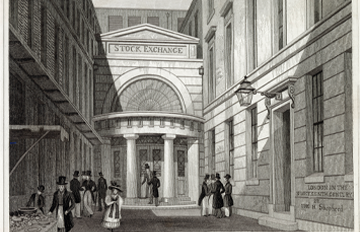
The history of Bragg, Stockdale, Hall and Company began when John Bragg, Esq., a “Gentleman of London” and “friend of the Right Honourable Earls of Portsmouth and Carlisle”, was elected a member of the London Stock Exchange on April 3rd, 1824, and opened his offices at No. 6, Throgmorton Street, opposite Drapers’ Hall, where the Old Stock Exchange Tower stands today.

His first clients, as shown in the letter below from 1825, included the young financial speculator, and later British Prime Minister and Earl of Beaconsfield, Benjamin Disraeli.
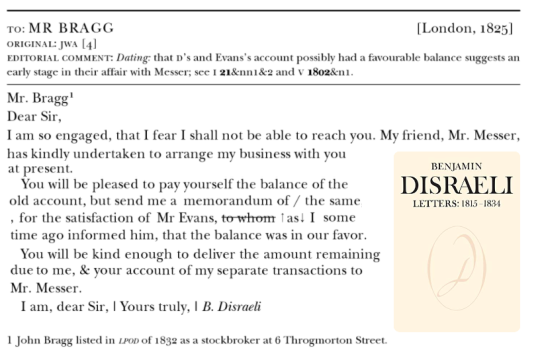
Bragg’s charitable work included contributions to the refugee crisis in Italy (caused by the Carbonari uprisings.)

In 1846 George Stockdale, Esq., was elected to the stock exchange and soon after became partner as their account at the Bank of England shows.
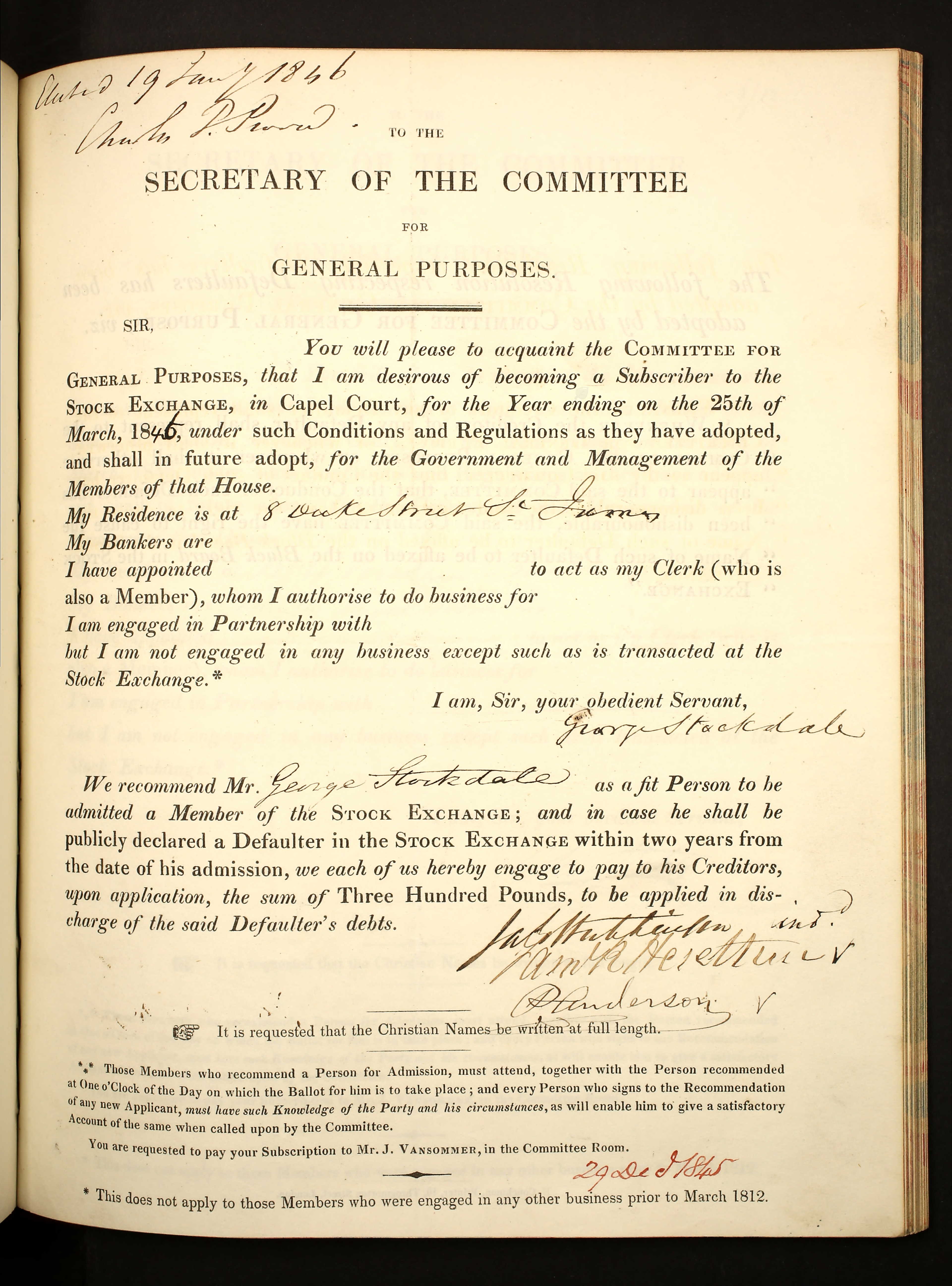

Bragg & Stockdale account ledger at the Bank of England, 1847 (Courtesy of the Bank of England Archive, C98/3230)
The success and reputation of Bragg & Stockdale grew within the British Empire and beyond, as you can see from the number new enterprises around the world for whom they acted as brokers.

In 1862, according to Managing the British Empire: The Crown Agents, 1833-1914, they were purchasing bonds for the value of £20,000 from the Crown to be loaned to the colony of Mauritius for the building of railways, ports and the telegraph, worth over £2 million today. (Scrimgeours purchased the majority 51% of the total of £200,000.)

Our own archives date back to the 1860s with this contract note, along with this piece of marble from the original Stock Exchange building.
On November 7th, 1868, The Illustrated London News reported that John Bragg, Esq., died “peacefully” at his rather grand residence on October 20th at No. 1 Porchester Gardens in the City of Westminster, London.

However, neither the company nor his name died with him. In 1871, Frederic Evans Hall, Esq., an employee of Bragg & Stockdale was elected to the stock exchange a sa full member.

And in 1888, Mr Hall was made partner, and the firm took its current name of Bragg, Stockdale, Hall & Co, keeping the late Mr Bragg in the name as the deeds of association from our own archive show.


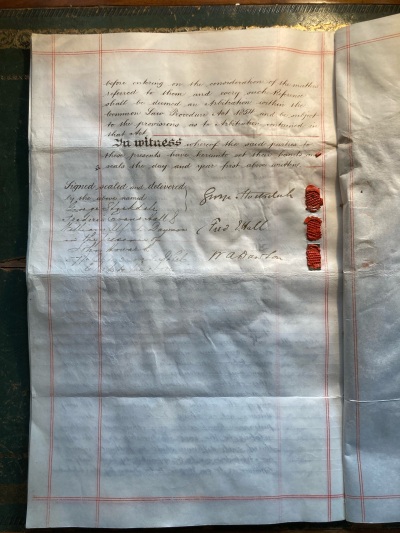

By the early 20th century Bragg, Stockdale, Hall & Co was among the leading stockbrokers in London, alongside Cazenove, James Capel and Quilter & Co, as shown in their open letter in The Standard from March 9th, 1908, to the then Chancellor of the Exchequer, H. H. Asquith, later British Prime Minister and Earl of Oxford, from the fifty most notable broking houses in the country. (The photograph adjoining shows the stockbrokers on Thorgmorton Street on the day the United Kingdom left the Gold Standard in 1931.)
Perhaps more poignant are the names of the partners who died during the First World War, including Hall’s own son Geoffrey, as described online here on the Stock Exchange Roll of Honour.
Over the years they moved offices, first around the corner to No. 57, Old Broad Street in the 1890s, and then along Throgmorton Avenue to Salisbury House on London Wall in the 1960s.

By that time their senior partner was Lord Michael Brudenell-Bruce, then Viscount of Savernake, who later became the Earl of Cardigan, and is today the 8th Marquess of Ailesbury. (He himself served in the Second World War in the Royal Horse Guards, being commissioned as a second lieutenant directly from Eton.)

Salisbury House today, Finsbury Circus entrance, City of London
In the 1975, the firm merged with stockbrokers Fiske & Co, also of Salisbury House, with the Marquess of Ailesbury joining Fiske as a partner alongside Mr Clive Fiske Harrison, who had recently left Panmure Gordon & Co, under senior partner Ian Cameron (father of later British Prime Minister David Cameron, now Baron Cameron of Chipping Norton.)

As a historical note, apparently this raised eyebrows at the Security Service, MI5, as one of Fiske’s main clients was the Soviet state-owned institution, The Moscow Narodny Bank. (It is said Clive Fiske Harrison had been flagged during his student days at the University of Cambridge when he entered into a correspondence with the Embassy of the USSR in order to obtain an English-language copy of Marx and Engels’ The Manifesto Of The Communist Party as part of his studies for his History Tripos.)
Lord Ailesbury would go on to become a director of Fiske when it became a limited company, and continued to be so when it went public and listed on the London Stock Exchange. It currently has around £1 billion in assets under management.

Clive Fiske Harrison
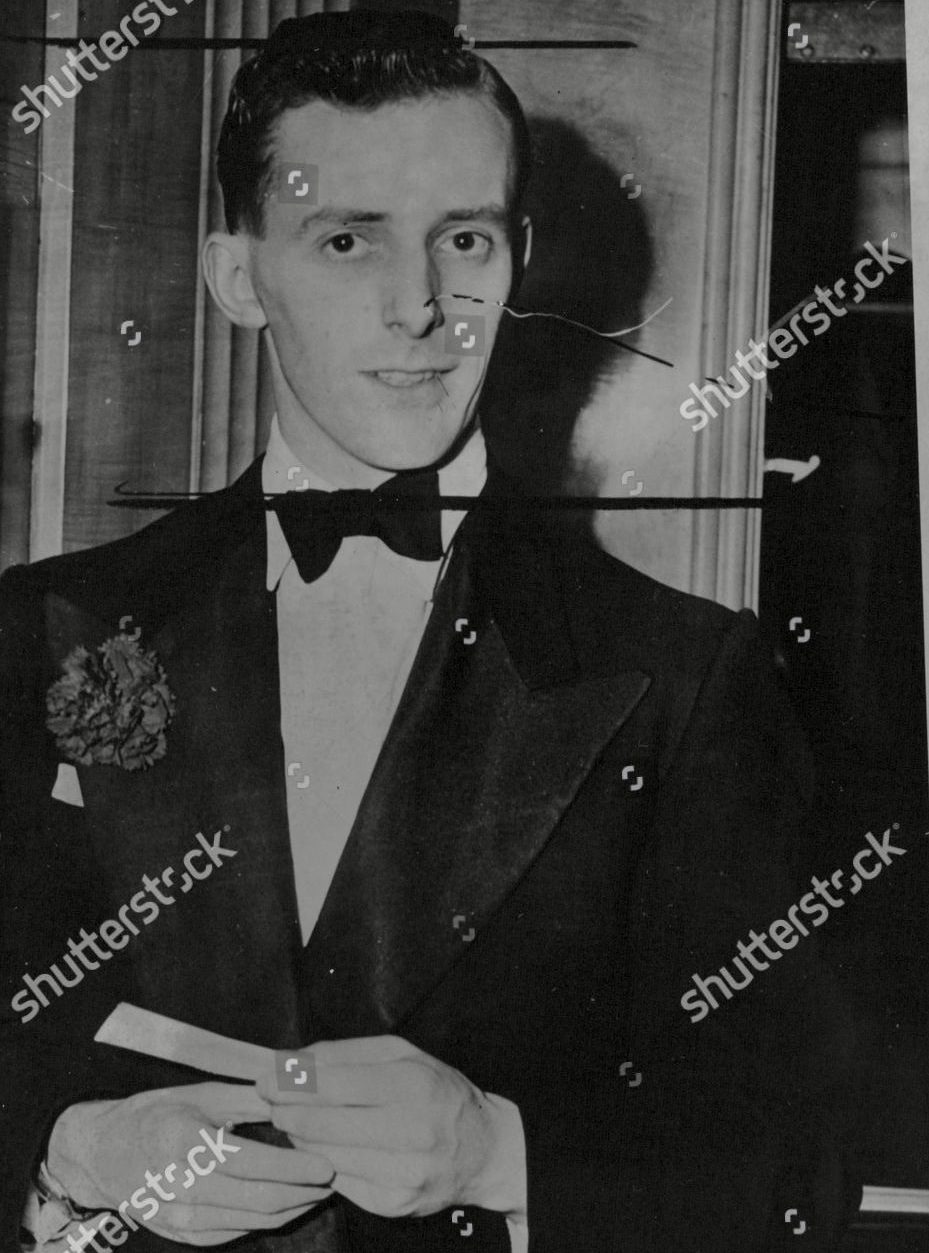
Michael Brudenell-Bruce, 8th Marquess Of Ailesbury
In 1980, the Bragg, Stockdale, Hall & Co name was allowed to fall into abeyance, until December 1st, 2021, when it was briefly revived by Mr Alexander Fiske-Harrison, a director of Fiske PLC and son of Clive Fiske Harrison, with Lady Kathryn Brudenell-Bruce, daughter of Lord Ailesbury, as its first shareholder.
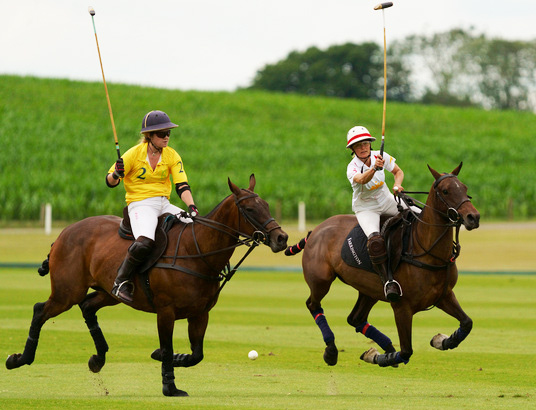
Klarina Pichler, in the BSH&Co red and white team colours, defeats international top ten polo player Rosie Ross in the quarter finals of the British Ladies Open at Cowdray Park
In 2022, it sponsored the women’s polo team Las Sacras Romanas, ‘The Holy Romans’, captained by Austria’s number one female player, Edelfräulein Klarina Pichler in the British Ladies Polo Open at Cowdray Park Polo Club, the polo equivalent of Wimbledon.
They were knocked out in the semi-finals out by ‘Semper Anticus’, a team captained by the top female player in the world, Carina ‘Nina’ Clarkin, niece to Lord Vestey, Master of the Queen’s Horse, and founded by its patrona, Clarinda Tija-Dharmadi.
In May 2024, on its 200th anniversary, Bragg, Stockdale, Hall & Co will fall into abeyance once again.
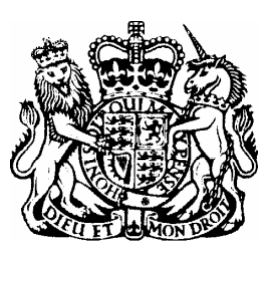
Bragg, Stockdale, Hall & Co
Incorporated at Companies House, 80 Petty France, Westminster, London SW1H 9EX, United Kingdom
Company Number 13777423
contact@braggstockdalehall.com